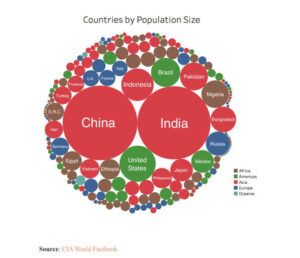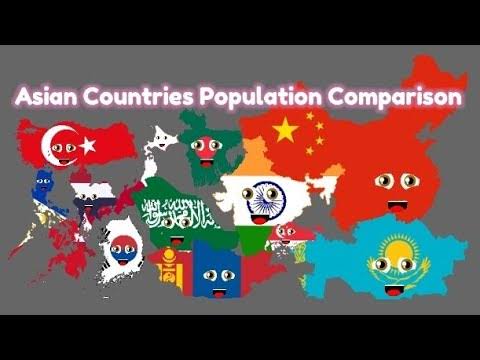“Demographic Trends & Empty Homes: Asian Comparisons By Population”
“Demographic Trends and Empty Homes: A Comparative Study of Aging Populations and Urban Housing Vacancies in Asian Comparisons By Population”
Empty Homes: A Global Phenomenon and Its Impact
In recent years, a concerning trend has emerged in several Asian countries where declining fertility rates have led to an aging population and the risk of demographic imbalance. Countries in East and Southeast Asia are grappling with this demographic crisis as their Total Fertility Rates (TFR) continue to decline, resulting in fewer children being born.
Declining Fertility Rates: A Cause for Concern
According to recent data, countries like South Korea, Singapore, Hong Kong, and Taiwan have seen their fertility rates drop below replacement levels. This means that many women in these countries are having only one child during their reproductive years, with some opting out of motherhood altogether. South Korea and Hong Kong have recorded TFRs of 0.72 and 0.70, respectively, among the lowest in the world. Singapore’s TFR stands at 0.97, while Taiwan’s is at 0.87.
Factors Contributing to Low Birth Rates ( You are reading Asian Comparisons By Population )
Various factors contribute to the declining birth rates in these countries, including the increasing cost of living, unemployment, inflation, expensive education, and societal pressures. Experts suggest that the significant decline in fertility rates is influenced by women having more opportunities for career advancement, a decrease in marriage rates, the rising cost of raising children, and the financial loss associated with pregnancy for women.

Also read – Revamping Victory: F1’s Points System Debate
Consequences of Declining Birth Rates
The repercussions of declining fertility rates are significant. As the elderly population grows and the workforce diminishes, countries face challenges in sustaining economic growth and providing adequate support for their aging citizens. By 2030, South Korea and Hong Kong are projected to have 30% of their population aged 65 or above, further exacerbating concerns about workforce shortages and economic stability.
Government Initiatives to Boost Birth Rates
Governments in affected countries are implementing various measures to encourage childbirth. For example, South Korea offers “baby payments” to parents upon the birth of each child, while Hyundai, a leading car manufacturer, provides financial incentives to its employees for having children. Similarly, China offers tax breaks, housing subsidies, additional wages, and cash incentives to encourage marriage and childbirth, while Singapore has introduced a “baby bonus” scheme.
India’s Demographic Transition
India, too, is experiencing a decline in fertility rates. From a TFR of 6.18 in 1950, it has dropped to 1.91, below the replacement rate of 2.1. The declining fertility rate indicates that the younger generation is not having enough children to replace the older one, leading to concerns about population stability and demographic imbalances.

Empty Homes: A Growing Concern
The phenomenon of empty homes is becoming increasingly prevalent, particularly in countries like Japan and India. In Japan, the number of empty homes, known as “akiya houses,” has been steadily rising. The primary reasons behind this trend include rural depopulation and migration to urban areas. In India, rapid population growth coupled with limited resources has led to a shortage of housing in some regions.
Addressing the Issue of Empty Homes
Efforts to address the issue of empty homes include incentivizing occupancy through tax breaks and subsidies. In Japan, vacant properties are subject to higher taxes, encouraging owners to either occupy or sell them. Additionally, these empty homes are now being utilized by foreign tourists and expatriates as affordable rental options. ( You are reading Asian Comparisons By Population )
Conclusion of ( You are reading Asian Comparisons By Population )
The issue of declining fertility rates and empty homes presents significant challenges for governments and societies across Asia. Addressing these challenges requires a multifaceted approach, including incentives for childbirth, urban planning strategies, and policies to encourage the utilization of vacant properties. By implementing proactive measures, countries can mitigate the adverse effects of demographic shifts and ensure sustainable population growth and development. ( You are reading Asian Comparisons By Population )















Post Comment